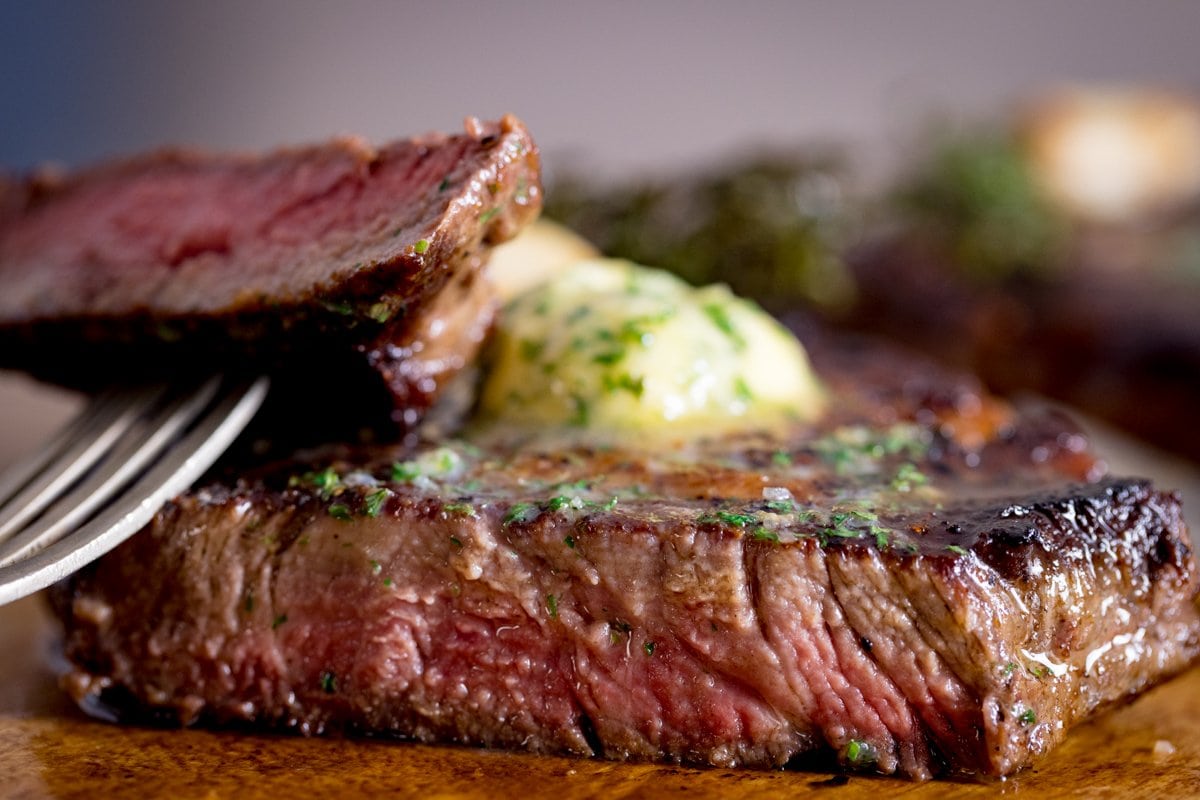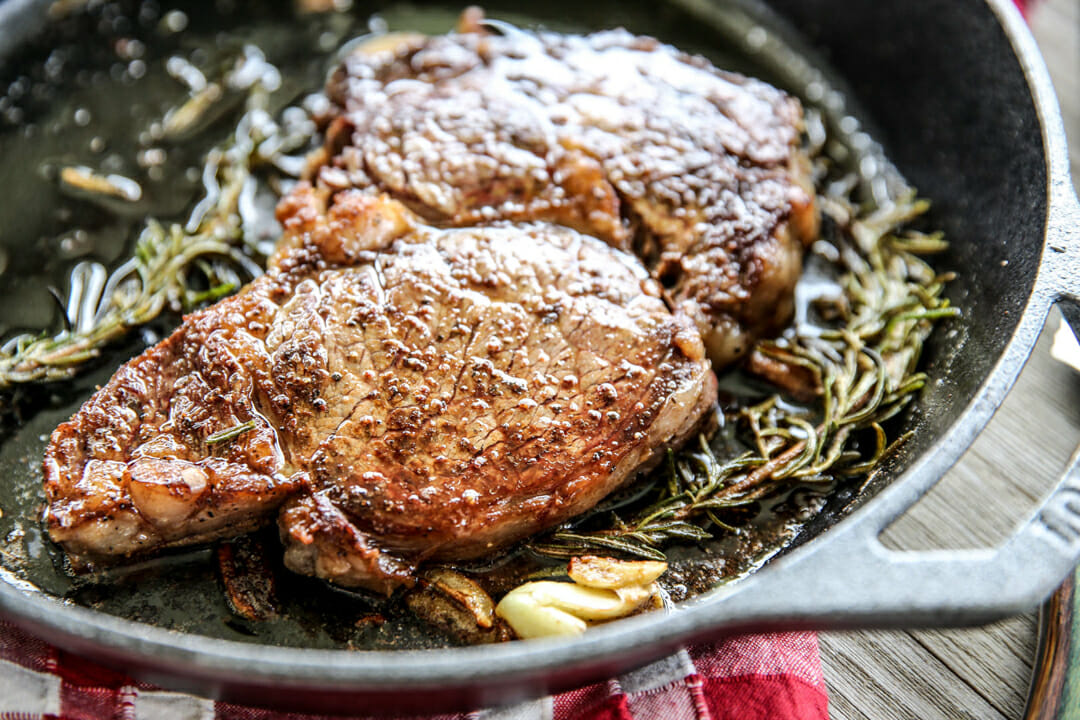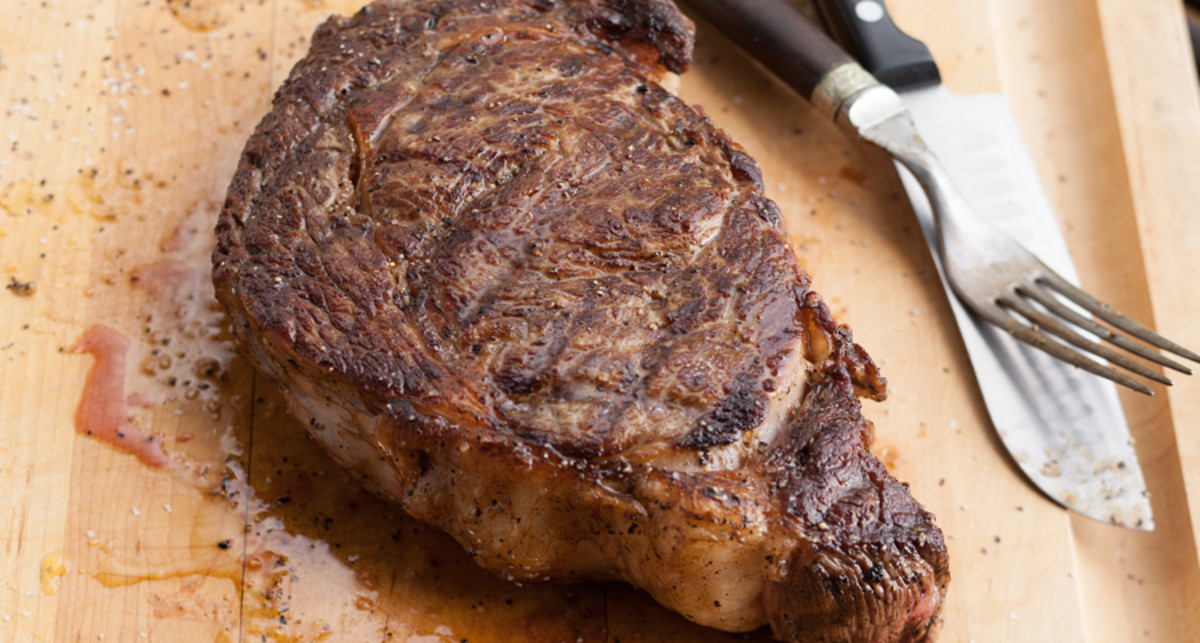The Ultimate Guide on How to Cook Buffalo Steak: Tips, Techniques, and Recipes for Barbecue Enthusiasts
Written By James Morgan
If you have been searching for the best way to prepare a flavorful and succulent piece of meat, you are probably wondering how to cook buffalo steak. This unique and lean protein provides a delicious twist to any typical steak recipe, and it is favored for its rich flavor and health benefits. Buffalo steak is not only a leaner alternative to traditional beef steak, but it is also more nutritious, offering lower fat content and higher protein. As barbecue enthusiasts, knowing the best techniques for preparing buffalo steak can truly elevate your grilling game and impress your friends and family with your culinary skills.

Understanding Buffalo Steak: Quality and Characteristics
Before we dive into the actual cooking techniques of buffalo steak, it is essential to understand what makes this meat special. Buffalo meat, often referred to as bison, is derived from the American Buffalo. It has a unique texture and flavor profile that differs significantly from your average beef steak. Buffalo steak is usually leaner, meaning it contains less saturated fat while still providing substantial flavor. It is important to choose the right cut of buffalo steak, as different cuts will yield various textures and flavors. Cuts such as the ribeye, tenderloin, sirloin, and flank steak each offer a unique bite that should be considered when planning your next meal.

Choosing the Right Cookware for Cooking Buffalo Steak
The right tools are crucial in preparing the perfect buffalo steak. To get started, you will need high-quality cookware that not only ensures even cooking but also enhances the flavors of the meat. A versatile griddler is an excellent investment for internal cooking temperature precision, especially if you are cooking steak indoors or during inclement weather. A sharp knife is essential for trimming and slicing the buffalo steak efficiently, ensuring you achieve even cuts that will cook uniformly. Additionally, a sturdy cutting board is necessary for preparing the meat and vegetables that complement your buffalo steak dishes. Remember, investing in quality equipment not only aids in the cooking process but can also lead to better flavor and presentation.

Preparing Buffalo Steak: Seasoning and Marinades
When learning how to cook buffalo steak, preparing the meat properly is essential for maximizing its natural flavors. Like other meats, buffalo steak can be seasoned simply with salt and pepper or marinated for a deeper flavor. A basic marinade may include ingredients such as olive oil, garlic, soy sauce, and herbs to create a well-balanced flavor. For best results, allow the buffalo steak to marinate for at least 4 hours or overnight for optimal taste infusion.
Simple Marinade Recipe
To prepare a delicious marinade for your buffalo steak, you will need:
- 1/4 cup olive oil
- 2 tablespoons soy sauce
- 3 cloves minced garlic
- 1 teaspoon onion powder
- 1 teaspoon freshly cracked black pepper
- 1 teaspoon rosemary (fresh is preferred)
- Juice of 1 lemon
Combine all the ingredients in a bowl, mix well, and add the buffalo steak. Make sure the steak is fully coated, cover, and let it marinate in the refrigerator.

Cooking Techniques: Grilling, Pan-Seering, and Roasting Buffalo Steak
One of the most enjoyable aspects of cooking buffalo steak is finding the right technique that matches your personal preference. While you can use various methods, each cooking style enhances particular qualities of the meat. Here, we will explore the three primary cooking methods: grilling, pan-searing, and roasting.
Grilling Buffalo Steak
Grilling is one of the most popular methods used to cook buffalo steak. The high heat from the grill caramelizes the meat, providing a lovely char and a rich smoky flavor. Start by preheating your grill to medium-high heat to ensure an even cook. Remove the buffalo steak from the marinade or seasoning and let it come to room temperature for about 15 minutes prior to grilling.
Once ready, place the steak on the grill and cook for approximately 5-6 minutes per side for medium-rare, depending on the thickness of the cut. Always use a meat thermometer to reach an internal temperature of 130-135 degrees Fahrenheit.Note that buffalo meat can dry out faster than beef, so avoid overcooking and allow natural juices to circulate. After removing the steak, let it rest for at least 10 minutes. This essential step allows the juices to redistribute, resulting in a juicier and more tender steak.
Pan-Seering Buffalo Steak
If you prefer a flavorful crispy crust, pan-searing is your best bet. To achieve this, use a heavy stainless-steel or cast-iron skillet to obtain that extra nice sear. Begin by heating the skillet over medium-high heat and add a tablespoon of oil to the pan. Like grilling, let your buffalo steak sit at room temperature prior to cooking. A blowtorch works wonders for infusing more flavor, but if you're not comfortable, use a grill setting on your stove.
Once the skillet is hot and smoking, lay the steak in the pan gently, without overcrowding it. Sear each side for approximately 3-4 minutes for medium-rare. After cooking, let it rest as you would if grilling.
Roasting Buffalo Steak
Roasting buffalo steak is perfect for creating a more tender and juicy result while preserving the meat's natural flavor. This cooking method works exceptionally well for thicker cuts such as ribeye or tenderloin. First, season or marinate your steak, then preheat your oven to 375 degrees Fahrenheit. Next, place the steak on a roasting rack within the oven and cook until the internal temperature reaches around 135-140 degrees Fahrenheit for medium-rare. Once done, remember to let it rest for at least 10 minutes before slicing.
Serving Suggestions: Pairing Buffalo Steak with Side Dishes
Dressing up your cooked buffalo steak with delicious sides can truly enhance the overall dining experience. There are countless options that pair beautifully with this protein, and it can work well with flavors that complement its earthy taste. Consider serving your buffalo steak with roasted vegetables, such as asparagus, carrots, or Brussels sprouts, complementary grains like quinoa or farro, or delicious potato options such as mashed potatoes or a loaded baked potato. A crisp salad featuring seasonal greens and a light vinaigrette can also make a refreshing side, balancing the steak's richness.
Caring for Your Cookware: Maintenance Tips
After you have enjoyed your delicious buffalo steak, it is crucial to maintain the quality of your cookware. Proper care for your griddler, knife, and cutting board can extend their lifespan and ensure that they remain in perfect condition for your next culinary adventure.
For the cookware cleaner, make sure to choose one that is safe for the type of surface you are using. For instance, while stainless steel may require a specific type of cleaner, wood cutting boards can benefit from gentle soaps and oils. A good cutting board oil can prevent the wood from drying out, ensuring that it maintains its integrity. A special cleaner for your cutting board can also create a barrier that helps avoid stains and damage over time.
How to cook buffalo steak is an exciting culinary adventure that adapts to your personal taste preferences and techniques. By choosing the right cuts, investing in quality cookware, using delicious marinades, and cooking your steak to perfection, you will display your skills and impress everyone around you. Whether you want to wow a crowd or treat yourself to a delightful meal, buffalo steak is sure to amaze with every bite!
As an Amazon Associate, I earn from qualifying purchases.



